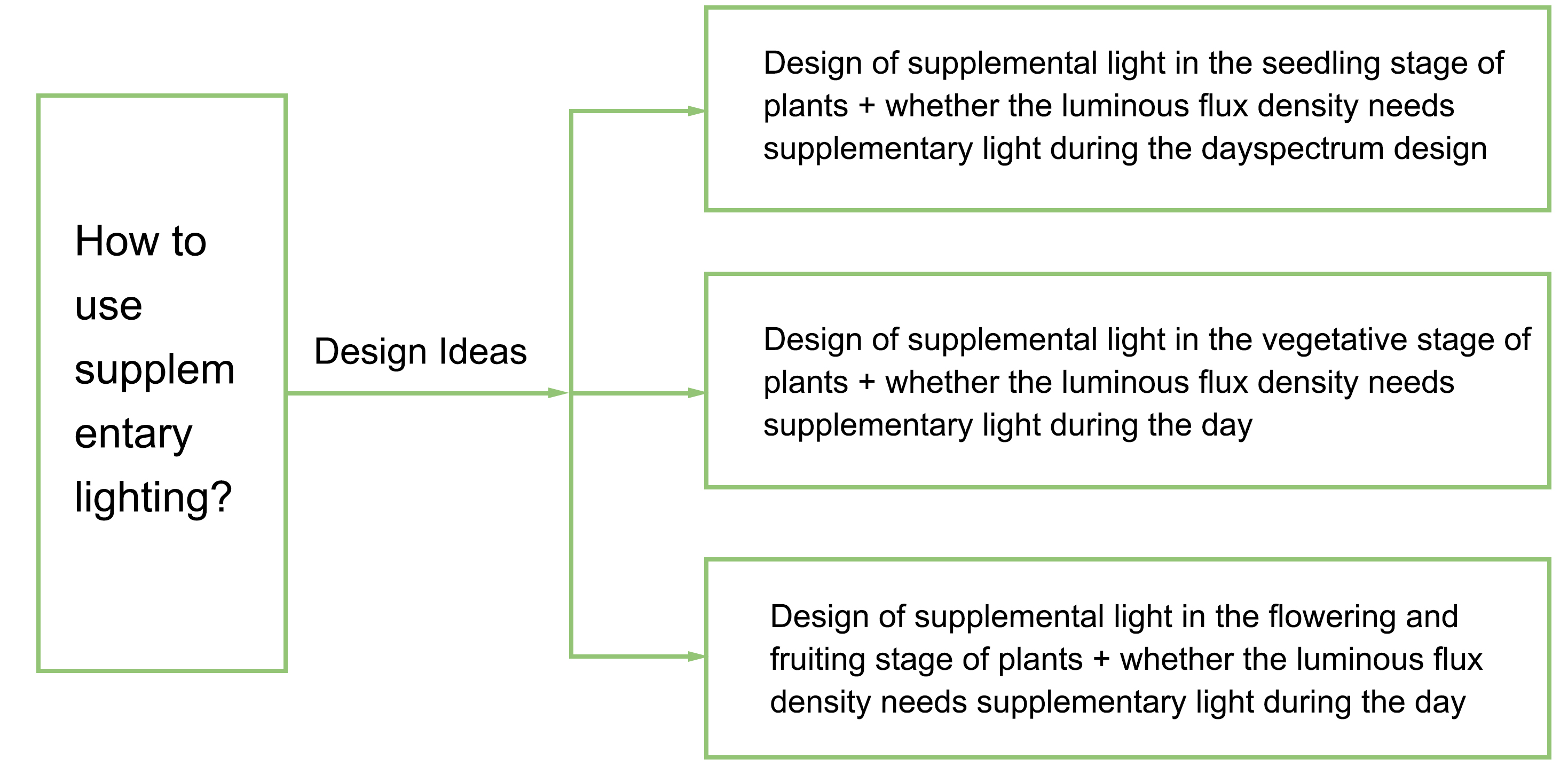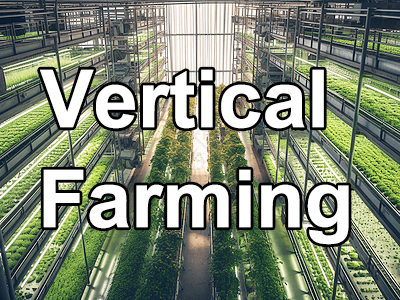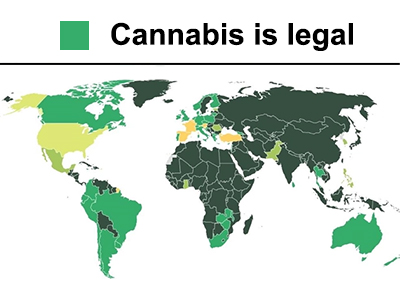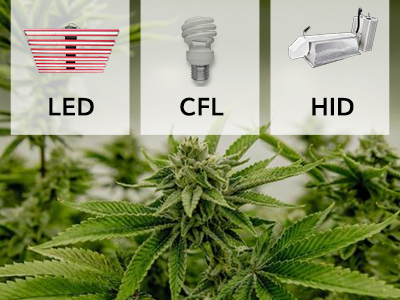Light plays a key role in the process of plant growth. It is the best fertilizer to promote the absorption of plant chlorophyll and carrots and other plant growth qualities.
However, the decisive factor that determines the growth of plants is a comprehensive factor, not only related to light, but also inseparable from the configuration of water, soil and fertilizer, growth environment conditions and comprehensive technical control.
Some conceptual misunderstandings:
Regardless of the energy-saving effect, the selectivity of light and the cooperation of light, semiconductor lighting has shown great advantages. However, from the rapid development of the past two years, we have also seen many misunderstandings in the design and application of light, which are mainly reflected in the following aspects.
As long as the red and blue chips of a certain wavelength are combined in a certain ratio, they can be used in plant cultivation, for example, the ratio of red to blue is 4:1, 6:1, 9:1 and so on.
As long as it is white light, it can replace the sun's light, such as the three-primary white light tube widely used in Japan. The use of these spectrums has a certain effect on the growth of plants, but the effect is not as good as the light source made by LED.
As long as PPFD (light quantum flux density), an important parameter of illumination, reaches a certain index, for example, PPFD is greater than 200 μmol·m-2·s-1, but when using this index, be sure to pay attention to the negative Living plants are still sun plants. You need to search or find the light compensation point of these plants, which is also called light compensation point. In actual applications, seedlings are often burned or withered. Therefore, the design of this parameter must be designed according to the plant species, growth environment and conditions.
Regarding the first aspect, the spectrum required for plant growth should be a continuous spectrum with a certain distribution width. It is obvious that a light source made of red and blue chips with a very narrow spectrum (as shown in (a)) It is not appropriate. In the experiment, it was found that the plant will be yellowish, the leaf stem is very light, and the leaf stem is very thin.
For fluorescent tubes with three primary colors commonly used in previous years, although white is synthesized, the red, green, and blue spectra are separated (as shown in (b)), and the spectrum width is very narrow. The spectral intensity of the continuous part is relatively weak, and the power is still relatively large compared to LEDs, 1.5 to 3 times the energy consumption. Therefore, the use effect is not as good as LED grow lights.

Figure. Red and blue chip LED plant grow light and three primary color fluorescent light spectrum
PPFD is the light quantum flux density, which refers to the effective radiation light flux density of light in photosynthesis, which represents the total number of light quanta incident on plant leaf stems in the wavelength range of 400 to 700 nm per unit time and unit area. The unit is μE·m-2·s-1 (μmol·m-2·s-1). The photosynthetically active radiation (PAR) refers to the total solar radiation with a wavelength in the range of 400 to 700 nm. It can be expressed either by light quanta or radiant energy.
The light intensity reflected by the illuminance meter used in the past is the brightness, but because the spectrum of plant growth changes due to the height of the light source from the plant, the coverage of the light, and whether the light can pass through the leaves, etc., it is used as light when studying photosynthesis. Strong indicators are not precise enough, and PAR is now mostly used.
Generally, positive plant PPFD> 50 μmol·m-2·s-1 can start the photosynthesis mechanism; while shade plant PPFD only needs 20 μmol·m-2·s-1. Therefore, when purchasing LED plant lights, you can choose the number of LED plant lights based on this reference value and the type of plants you plant. For example, if a single LED grow light PPFD is 20 μmol·m-2·s-1, more than 3 LED grow lights are required to grow positive plants.
Several design schemes of semiconductor lighting:
Semiconductor lighting is used for plant growth or planting, and there are two basic reference methods.
At present, the indoor planting model is very hot in China. This model has several characteristics:
The role of LED grow lights is to provide the full spectrum of plant lighting, and the lamps are required to provide all the lighting energy, and the production cost is relatively high;
The design of LED plant grow lights needs to consider the continuity and integrity of the spectrum;
It is necessary to effectively control the lighting time and lighting intensity, such as letting the plants rest for a few hours, the intensity of the irradiation is not enough or too strong, etc.;
The whole process needs to imitate the conditions required for the best growing environment for plants outdoors, such as humidity, temperature and CO2 concentration.
Outdoor planting mode with good outdoor greenhouse planting foundation. The characteristics of this model are:
The role of LED grow lights is to supplement light. One is to enhance the light intensity in the blue and red areas under the condition of sunlight during the day to promote photosynthesis of plants, and the other is to compensate when there is no sunlight at night to promote plants. speed of growth;
The supplementary light needs to consider which growth stage the plant is in, such as the seedling period or the flowering and fruiting period.
Therefore, the design of LED plant boosting lights should first have two basic design modes, namely, all-weather lighting (indoor) and plant growth supplement light (outdoor). For indoor plant cultivation, the design of LED plant growth lights needs to consider three aspects, as shown in the figure below. It is not possible to package the chips with three primary colors in a certain proportion.

Figure. Design ideas for all-weather lighting using indoor LED plant growth lights
For example, a spectrum in the nursery stage, considering that it needs to strengthen the growth of roots and stems, strengthen the branching of leaves, and the light source is used indoors, so the spectrum can be designed as the following figure.

Figure. LED Spectrum suitable for indoor nursery period
For the design of the second type of LED plant booster lamp, it is mainly aimed at the design plan of supplementary light boosting for the base planted in the outdoor greenhouse. The design idea is shown in the figure below.

Figure. The design ideas of outdoor plants boosting lights
The author suggests that more planting companies adopt the second option to use LED lamps to promote plant growth.
First of all, China’s outdoor greenhouse planting has decades of experience, with a large quantity and a wide range, both in the south and the north. It has a good base of greenhouse planting technology and provides a large number of fresh fruits and vegetables on the market for surrounding cities, especially where there are soil, water and fertilizer. A wealth of research results have been achieved in planting.
Secondly, this kind of supplementary light solution can greatly reduce unnecessary consumption of energy, and at the same time can effectively increase the yield of fruits and vegetables. In addition, my country's vast geographical area is very convenient for promotion.
As the scientific research of LED plant lighting, it also provides a broader experimental base for it. The picture below is a kind of LED booster lamp developed by our research team that is suitable for growing light in greenhouses, and its spectrum is shown in the picture.

Figure. A kind of LED plant growth promoting lamp

Figure. A kind of LED plant growth promoting light spectrum
According to the above design ideas, the research team conducted a series of experiments, and the experimental results are very significant. For example, the nursery booster lamp originally used a fluorescent lamp with a power of 32 W and a nursery cycle of 40 days. We provided a 12 W LED lamp, which shortened the nursery cycle to 30 days, effectively reduced the influence of the temperature of the lamps in the nursery workshop, and saved the power consumption of the air conditioner. The thickness, length and color of the seedlings are better than the original seedling scheme. For the seedlings of common vegetables, good verification conclusions have also been obtained, which are summarized in the following table.

Among them, the PPFD of the supplementary light group: 70~80 μmol·m-2·s-1, the red-blue ratio: 0.6~0.7; the daytime PPFD value of the natural group varies from 40 to 800 μmol·m-2·s-1, and the red Blue ratio: 0.6~1.2. It can be seen that the above indicators are better than those of naturally grown seedlings.
There are also some factors that need to be considered in the installation and use of the lamp, such as the distance between the lamp and the plants, the irradiation range of the lamp, and how to cooperate with normal water, fertilizer, and soil.























